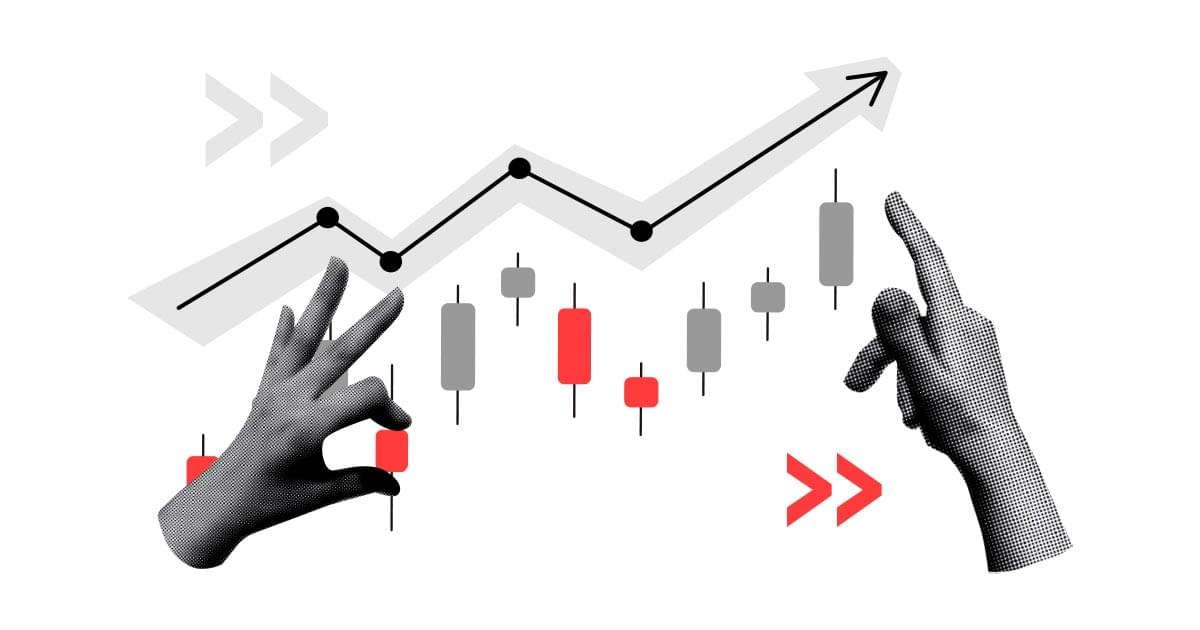In July, non-farm employment in the US increased by 187,000 and the unemployment rate remained virtually unchanged at 3.5%, according to the latest U.S. Bureau of Labor Statistics report. However, adopting the European way of counting, this rate is already 6.7%. Either way, the report indicates an overall stabilisation of the US labour market, but there are interesting developments in its individual sectors.

Source: Fred
Which industries have proved to be the most active?
Overall non-farm employment increased by 2.2% y-o-y. (and up 0.1% on the last reading). As many as 77% of industries recorded an increase on an annual basis and 62% on a monthly basis. This signifies the success of the Fed's monetary tightening, which has succeeded in whipping up inflationary fever without leading to a recession and labour market crisis.
In absolute numbers, the largest increases in employment were in the education (1004,000 FTEs), leisure and hospitality (706,000) and business services (373,000) sectors. However, if we look at changes in percentage terms, the largest proportional increases in employment were in mining (4.9% year-on-year), leisure and hospitality (4.4% year-on-year) and education (4.1% year-on-year). Increased mining employment may be one of the drivers of the SPDR S&P Metals & Mining ETF (XME).

Source: https://www.bls.gov/charts/employment-situation/employment-by-industry-monthly-changes.htm

Source: Conotoxia MT5, XME, Daily
In the top ten fastest-growing industries (with growth of more than 6% year-on-year), as many as five are related to consumption. Such a trend may indicate an economic recovery, especially given that these industries are often vulnerable to economic cycles. In such a context, a fund that could benefit from the end of the economic downturn is the Consumer Discretionary Select Sector SPDR Fund (XLY).

Źródło: Contoxia MT5, XLY, Daily
Grzegorz Dróżdż, CAI MPW, Market Analyst of Conotoxia Ltd. (Conotoxia investment service)
Materials, analysis and opinions contained, referenced or provided herein are intended solely for informational and educational purposes. Personal opinion of the author does not represent and should not be constructed as a statement or an investment advice made by Conotoxia Ltd. All indiscriminate reliance on illustrative or informational materials may lead to losses. Past performance is not a reliable indicator of future results.
CFDs are complex instruments and come with a high risk of losing money rapidly due to leverage. 73.02% of retail investor accounts lose money when trading CFDs with this provider. You should consider whether you understand how CFDs work and whether you can afford to take the high risk of losing your money.


